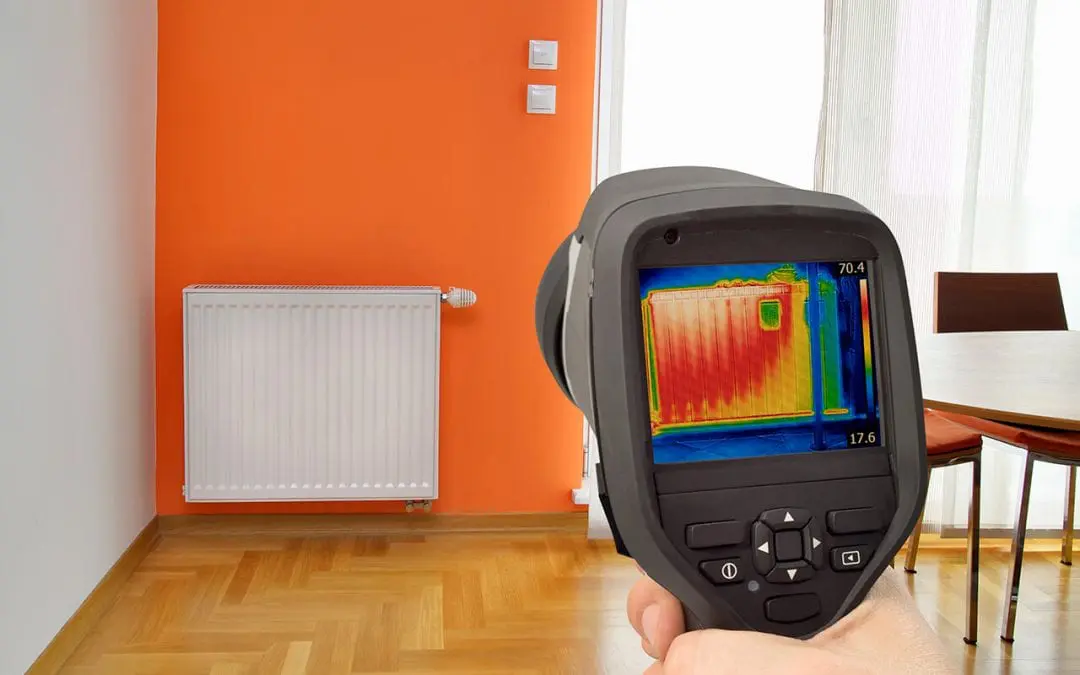A home inspector’s job is to find and document defects and problems in a home. Some inspectors use modern technology to help gather information during the inspection. Through the use of thermal imaging technology, an inspector can detect temperature variations in the home. A home inspector who uses thermal cameras in home inspections will be able to use the heat signatures to better understand the condition of the property.
Abnormal temperature variations might be the key to finding problems underneath floors, above ceilings, and behind walls. While not all inspectors use this technology, it’s smart to hire one who does.
Thermal Cameras in Home Inspections Offer More Insight
One of the advantages of using thermal imaging in a home inspection is getting a more in-depth inspection report. Professionals who conduct an assessment of your home will typically provide images detailing their findings. An inspector who uses a thermal camera during the inspection will include infrared images highlighting any issues. This gives homeowners a clear idea of what problems were found. For example, a cooler pocket behind your wall could be pointing to excess moisture.
What Problems Can Thermal Imaging Uncover?
Energy Efficiency Problems
Every homeowner has an interest in keeping their homes operating at peak energy efficiency. An efficient home will be less expensive to heat and cool. A thermal camera helps to detect issues that could be keeping an HVAC system from running optimally. Whether that’s a gap in the foundation, a crack in the roof, a lack of insulation, or air leaks around windows and doors, a thermal camera helps reveal problem areas.
Thermal Cameras in Home Inspections Detect Electrical Hotspots
Warmer areas found in your electrical system could be pointing to an electrical hotspot. These problems should be dealt with quickly and professionally because they can start house fires. When using a thermal camera in home inspections, hotspots show up as an area that’s emitting more heat than it should, alerting the inspector that something is wrong.
Water Problems
Water damage in the home can be expensive to fix, and it’s important that repairs are made in a timely manner. When using thermal imaging, unseen leaks can sometimes be detected by differences in heat signatures. A thermal camera can pinpoint areas of excess water as atypical, cooler spots. It can also be useful for detecting the source of mold growth.
Finding a Professional Who Uses Thermal Cameras in Home Inspections
More professional inspectors are beginning to use this technology, but you shouldn’t assume that every inspector has an infrared camera. It’s important to find a professional in your area who uses thermal imaging in home inspections.
JBS Home Inspection offers home inspection services with thermal imaging to the Greater Boston area. Contact us to request an appointment.

